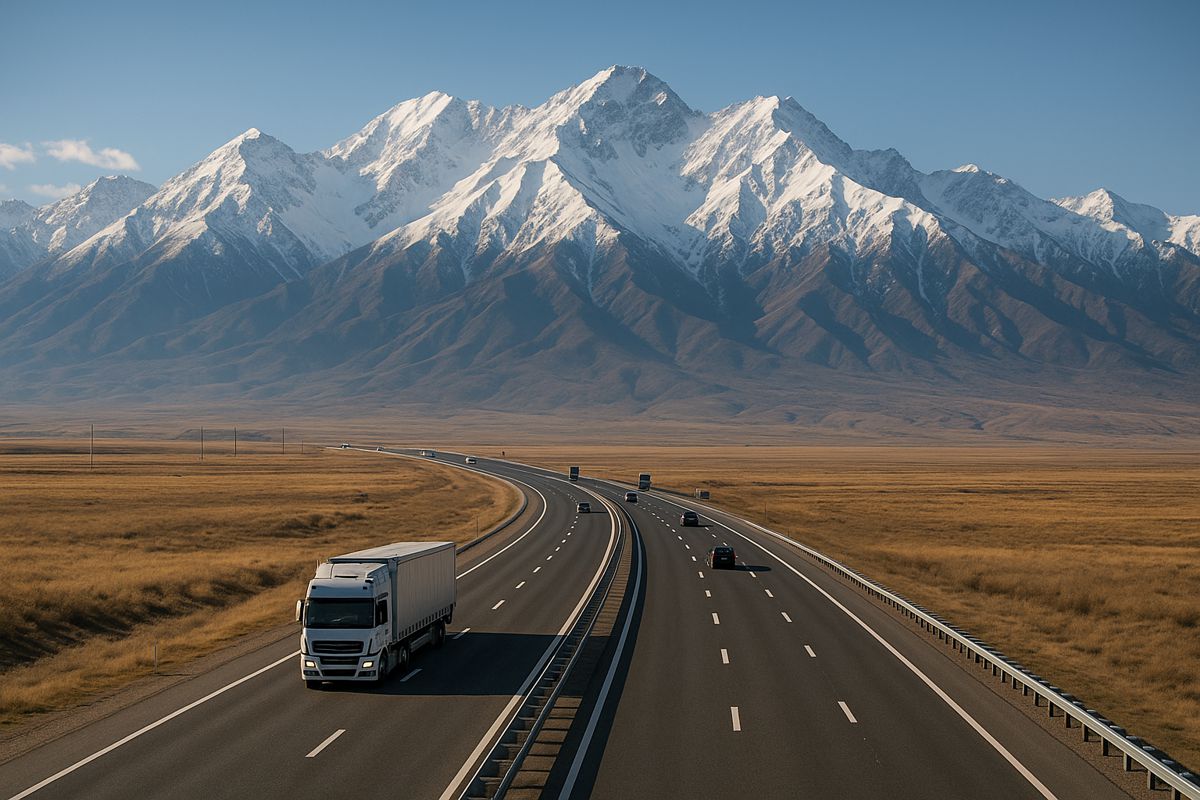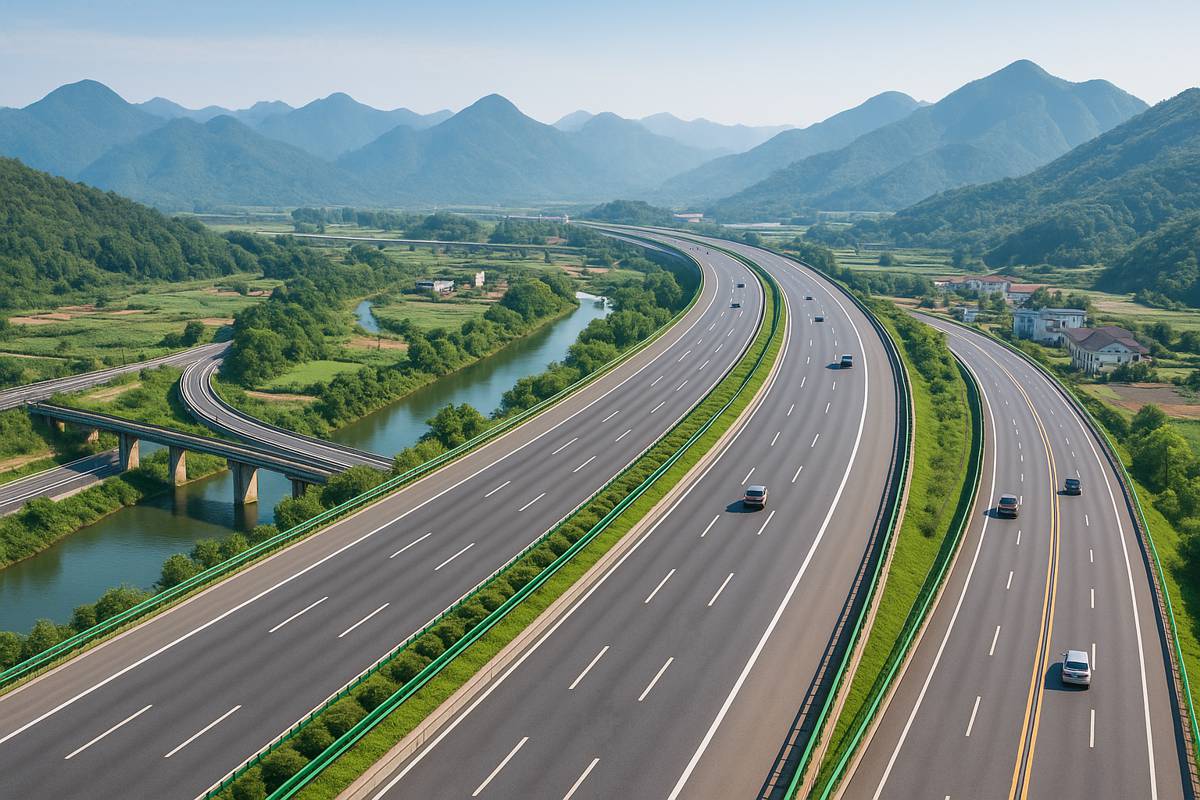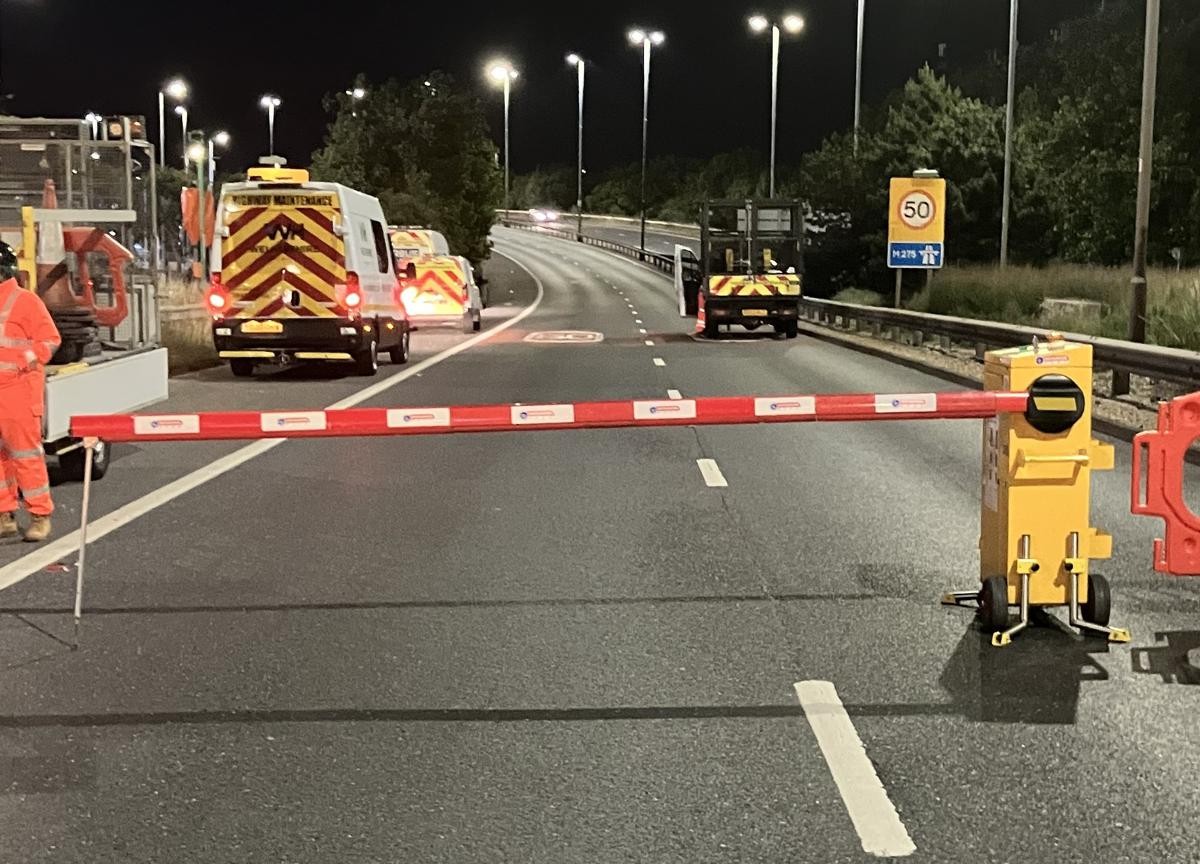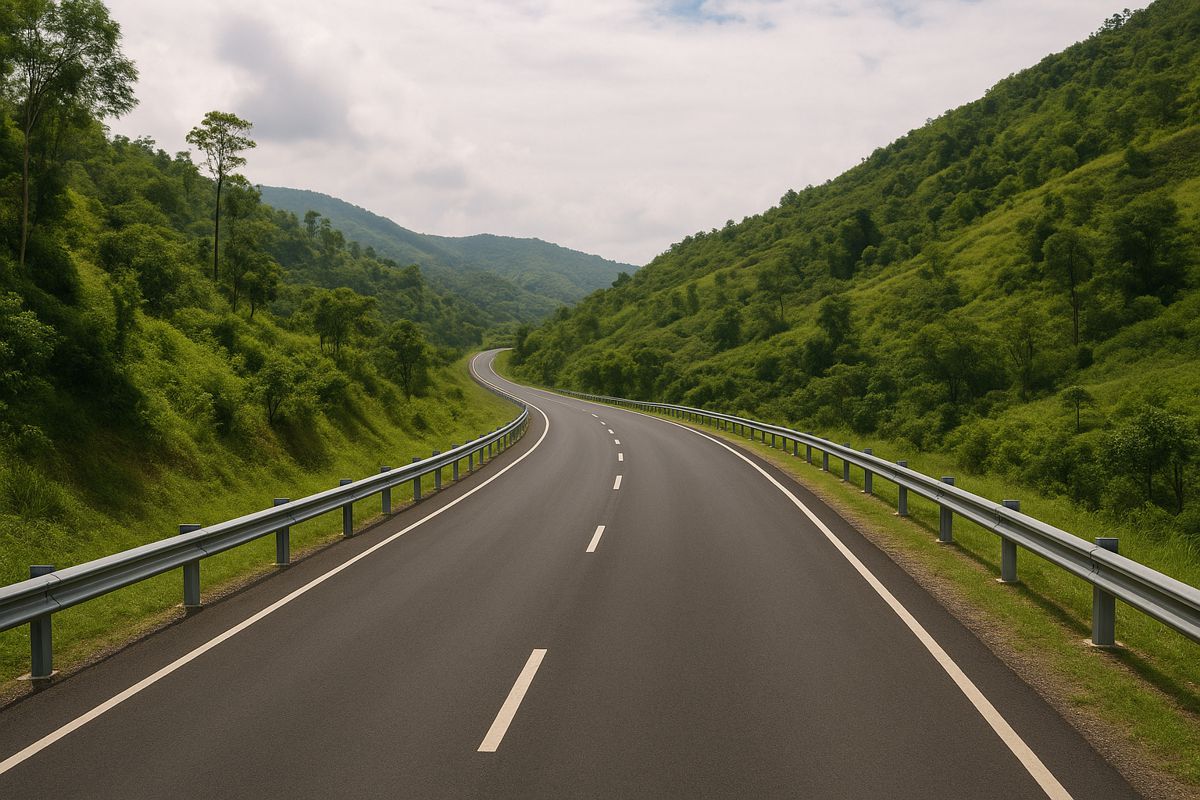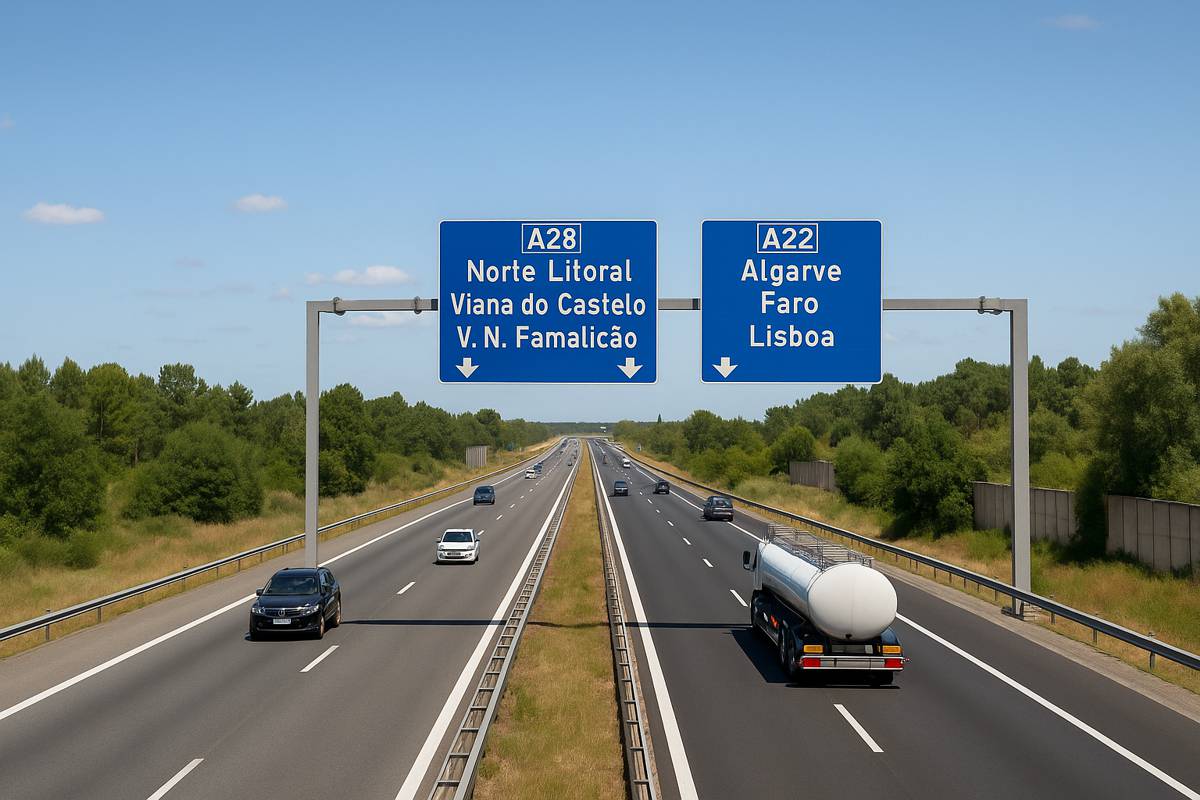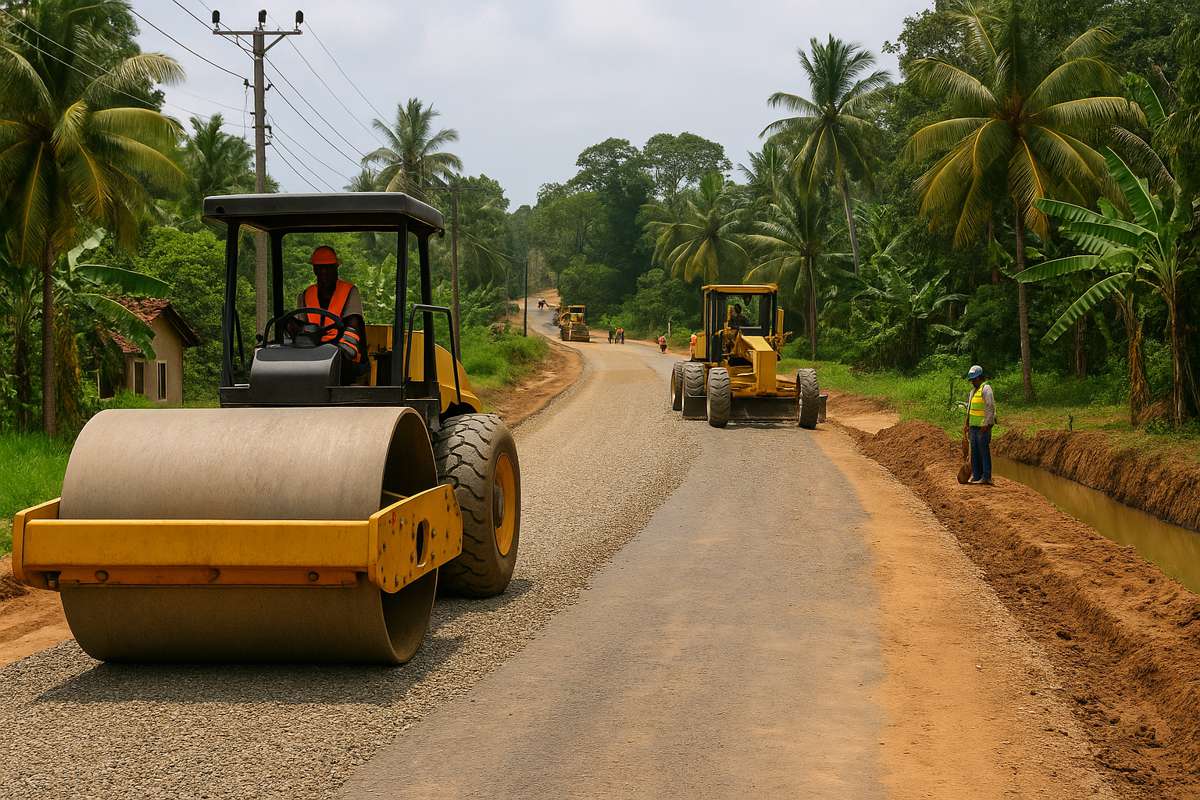Access to all-weather roads allow Afghan Valley residents to flourish
It is mid-afternoon and the sun is beating down hard on the flourishing Parandi valley. The weather in the lengthy valley in the Bazarak district of Panjshir Province is torrid, keeping most of the inhabitants of its 12 villages indoors. But not Razuddin, 50, who sits with workers in the shadow of a wall and eagerly quizzes them on how the building of his house is coming along.
Two years ago, Razuddin invested in a new concrete house in his native Dorana, the most remote village in the Parandi valley. The house is expected to be completed soon and will be the second concrete building in the village. Razuddin lives in Kabul Province but decided to build a home in his village after an all-weather road was built linking the village to the Bazarak district centre.
“When I left the village in 2002, there was no road and the only way to transport food and other necessary materials from the district centre was by using animals,” Razuddin says as he sips green tea. “The road has impacted our life positively since everyone can now come to the village by car. It also motivated many like me to come back and build a house.”
The rehabilitation of the Parandi valley road by the Afghanistan Rural Access Project (ARAP) has played a key role in developing and improving the financial situation of many villagers, who are mostly engaged in livestock, horticulture, and a small amount of agriculture. The all-weather road allows them to supply their products to the Bazarak market more quickly, increasing their earnings. “Before the road was built, we used animals to transport our products and it took two hours to reach the district centre,” says Muhammad Yasin, 25, who raises livestock and grows vegetables in Logasht village. “Now we go by car in 15 minutes.”
ARAP, which is implemented by Ministry of Public Works, Ministry of Rural Rehabilitation and Development and coordinated by Ministry of Finance, aims to benefit rural communities across Afghanistan by improving access to basic services and facilities through the construction of an all-weather road network. It is a follow-on project of the National Emergency Rural Access Program and is supported by the International Development Association (IDA), the World Bank Group’s fund for the poorest countries, and Afghanistan Reconstruction Trust Fund (ARTF).











